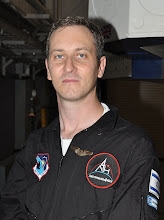Note: This article has been updated to clarify its focus on the number of people getting to space, removing to my best capability what mistakenly came across as comparing suborbital systems with no track record to much more capable orbital systems in any other term than the fact of raising the count of people getting above 100km, the official border of space.
Astronaut is a general term for people who get to space, meaning beyond 100 kilometer (62 mile) altitude, also known as the
Kármán line. Over the passing decades since the
first astronauts, the title was worn mostly by government workers, hand-picked to do some pretty ordinary things such as install antennas and structural modules, measure blood pressure or grow plants (not counting the early days anomaly of going to the moon). Of course, doing these things about 400km above sea-level, relying on technology for life-support in an otherwise very hostile environment and all that after being strapped to a rocket. OK, not so ordinary after all.
For several years, and with more vigor than ever since the first
X-Prize and
SpaceShipOne, several companies (some of which presented at
NSRC earlier this year) are working on a type of vehicle that will take people to space and back without completing an orbit (suborbital) and in between provide three to five minutes of micro-gravity, useful as a joy ride or for conducting science. As these vehicles become human rated, it is possible that after it took about fifty years to get the first five hundred people into the sixty two mile club, it may take a tenth of that or less to get the next five hundred in. I'll leave the economics aside, as I want to try and understand the nature of these next five hundred and ponder about their similarities and differences to the five hundred that saw the curvature of the Earth first.



 Space Shuttle Launch Poll Results
Space Shuttle Launch Poll Results












